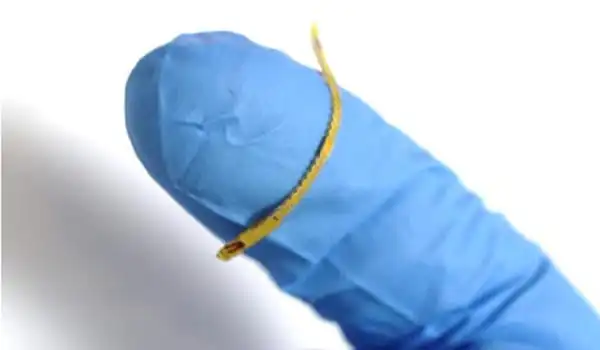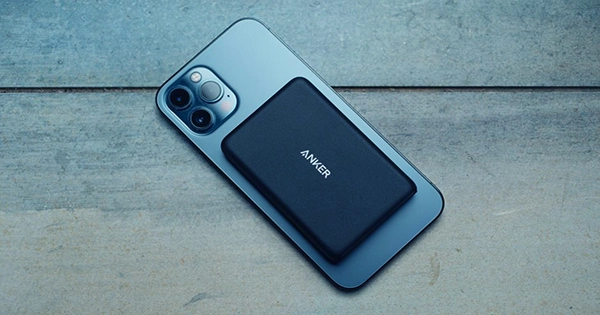Researchers are boosting patients’ chances by developing an implanted soft electronic vascular monitoring system. Their smart stent and printed soft sensors are capable of wireless real-time hemodynamic monitoring without the use of batteries or circuits.
Vascular illnesses are public enemy number one: the leading killers on the planet, accounting for almost one-third of all human deaths. Continuous hemodynamic monitoring (blood flow through the vascular system) can improve therapies and patient outcomes. However, life-threatening disorders such as hypertension and atherosclerosis occur in a long and twisting vascular system with arteries of different width and curvature, and present therapeutic devices are limited in their mass, rigidity, and utility.
Woon-Hong Yeo, a researcher at Georgia Institute of Technology, and his colleagues are attempting to improve the odds for patients by developing an implantable soft electronic monitoring device. Their innovative technology, which consists of a smart stent and printed soft sensors, is capable of wireless real-time hemodynamic monitoring without the use of batteries or circuitry.
This electronic system is designed to wirelessly deliver hemodynamic data, including arterial pressure, pulse, and flow, to an external data acquisition system, and it is super small and thin, which is why we can deliver it anywhere inside the body.
Woon-Hong Yeo
“This electronic system is designed to wirelessly deliver hemodynamic data, including arterial pressure, pulse, and flow, to an external data acquisition system, and it is super small and thin, which is why we can deliver it anywhere inside the body,” said Yeo, whose team published their findings in the journal Science Advances this week.
Yeo added, smiling, “It’s like a stent with multiple tricks up its sleeve.”
For example, when this device is implanted in a patient with atherosclerosis, it will not only expand and prevent the artery from narrowing, like a regular stent does, restoring normal blood flow, but it will also offer a steady flow of data.
“Now, once you’ve deployed a stent, you’re not sure if the problem has been fixed, and patients may return with the same condition,” Yeo explained. “It might be a stent flaw, a difficulty with stent deployment, or a problem with the patient’s blood flow.”
And the current standard for monitoring all of this is angiography. This can be costly, and in rare cases, particularly in people with diabetes, the dyes and radiation used in angiography imaging can cause cancer. Yeo’s technology aims to eliminate the necessity for angiography and other imaging procedures.

His wireless smart stent technology, which includes soft sensors, is powered by inductive coupling and can detect a wide range of vascular abnormalities. Magnetic fields are used in inductive coupling for wireless energy transfer. It’s similar to what happens when you use a wireless charger for your phone, smartwatch, or other devices: they gain energy from the magnetic field provided by the charger.
“Basically, you can install this sensor system wherever inside the body,” Yeo added. “Another feature of this technology platform is that, in addition to being an implantable sensor system, it can also be employed as a wearable system. Consider a smartwatch and how much of its weight is taken up by circuits or batteries. If you remove all of that, you have a device that is thinner than a typical Band-Aid, an almost invisible health monitor that you can wear anywhere.”
That is, at least, the long-term goal. So far, they’ve only tested their wireless implanted technology on animal models. However, there is still more work to be done. In addition, Yeo has the National Science Foundation’s support to advance the technology. He just earned a three-year, $400,000 NSF grant for his printed nanomembrane sensors and bioelectronics for wireless and continuous monitoring of vascular health.
“We hope that the mechanical, material, and electrical design concepts we develop, as well as the engineering and biosensing framework that comes from this study, will improve the field of implanted electronics and biomedical systems,” Yeo said. “And the insights and knowledge we obtain will be applied to various physiological systems and issues in biomedical science and engineering.”
















